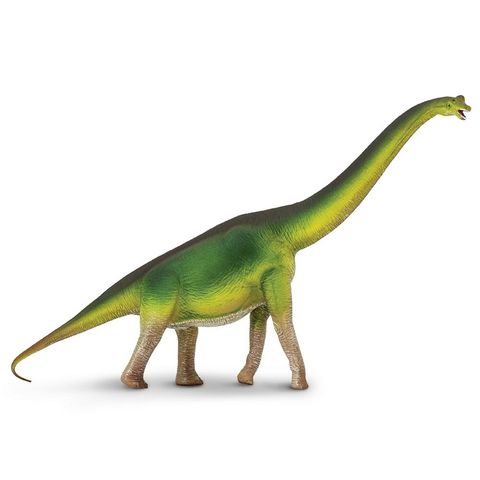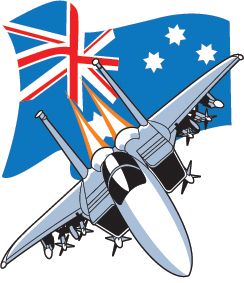
Safari Ltd Brachiosaurus Ws PrehistoricWorld
Description
Brachiosaurus was one of the tallest long-necked dinosaurs. This ground shaking herbivore occupied North America during the Late Jurassic, about 153 million years ago.
- Scientific Name: Brachiosaurus altithorax
- Characteristics: Brachiosaurus was a long-necked plant eater with a tiny skull relative to the size of its giant body. It had simple peg-like teeth for stripping leaves, a long neck, and a medium-sized tail. Brachiosaurus walked on all fours but its front legs were longer than its hind legs, so it had a backwards-sloping back. Its front feet had a single claw on the thumb, while its strong hind feet had five toes. It probably exceeded 80 feet long.
- Size and Color: This large model is 9 inches long and 8 inches high. Its skin is a fetching grassy green that is slightly darker on top and lighter below.
- The Brachiosaurus is part of the Wild Safari® Prehistoric World collection
- All of our products are Non-toxic and BPA free
History
The first partial skeleton of Brachiosaurus was discovered and excavated during expeditions from the Field Columbian Museum to Colorado, USA, in 1900. It was described and named by American paleontologist and expedition leader, Elmer Riggs, in 1903. Riggs gave it the full name Brachiosaurus altithorax, and after the fossil material was prepared, he proceeded to describe it in more detail in 1904. Brachiosaurus is one of the rarest dinosaurs in the Morrison Formation of America and only one other partial skeleton is known for certain, found in Utah. This means that the head and neck of Brachiosaurus altithorax are not known with certainty, and so estimates of the total length and height of the animal are based on its close relatives.
A second species of Brachiosaurus was named in 1914 from Tanzania, Africa. This species, named Brachiosaurus brancai at the time, was represented by much more material and shaped the popular image of Brachiosaurus. However, this African species differed significantly from the American one. The American B. altothorax had a longer and deeper body, more widely splayed arms, and a longer tail. This led to Brachiosaurus brancai being given a new name, Giraffatitan, in 1988. This classification gained widespread acceptance following a thorough comparison of Brachiosaurus specimens in 2009, and today there is only one valid species of Brachiosaurus, the American B. altithorax.
Most early reconstructions wrongly portrayed sauropods as amphibious swamp-dwellers that spent their lives under water to support their great weight. In this scenario, it was thought, Brachiosaurus could use its long vertical neck, and nostrils on the top of its head, to breath at the surface. In reality, Brachiosaurus stood tall on straight pillar-like legs and was fully terrestrial. It lived on land and used its long neck to browse on the highest vegetation out of reach of other dinosaurs. Although its bony nostril openings are situated on top if its skull, the fleshy nostrils were positioned far forwards in life.
Brachiosaurus lived in the Late Jurassic about 153 million years ago. It shared its habitat with several other famous North American dinosaurs including the plated Stegosaurus, long-necked Diplodocus, and predatory Allosaurus. However, adult Brachiosaurus were so large they were probably immune to attacks from predators.
- Size in cm: 34.5 L x
- Size in inches: 13.58 L x
- UPC: 095866300203








